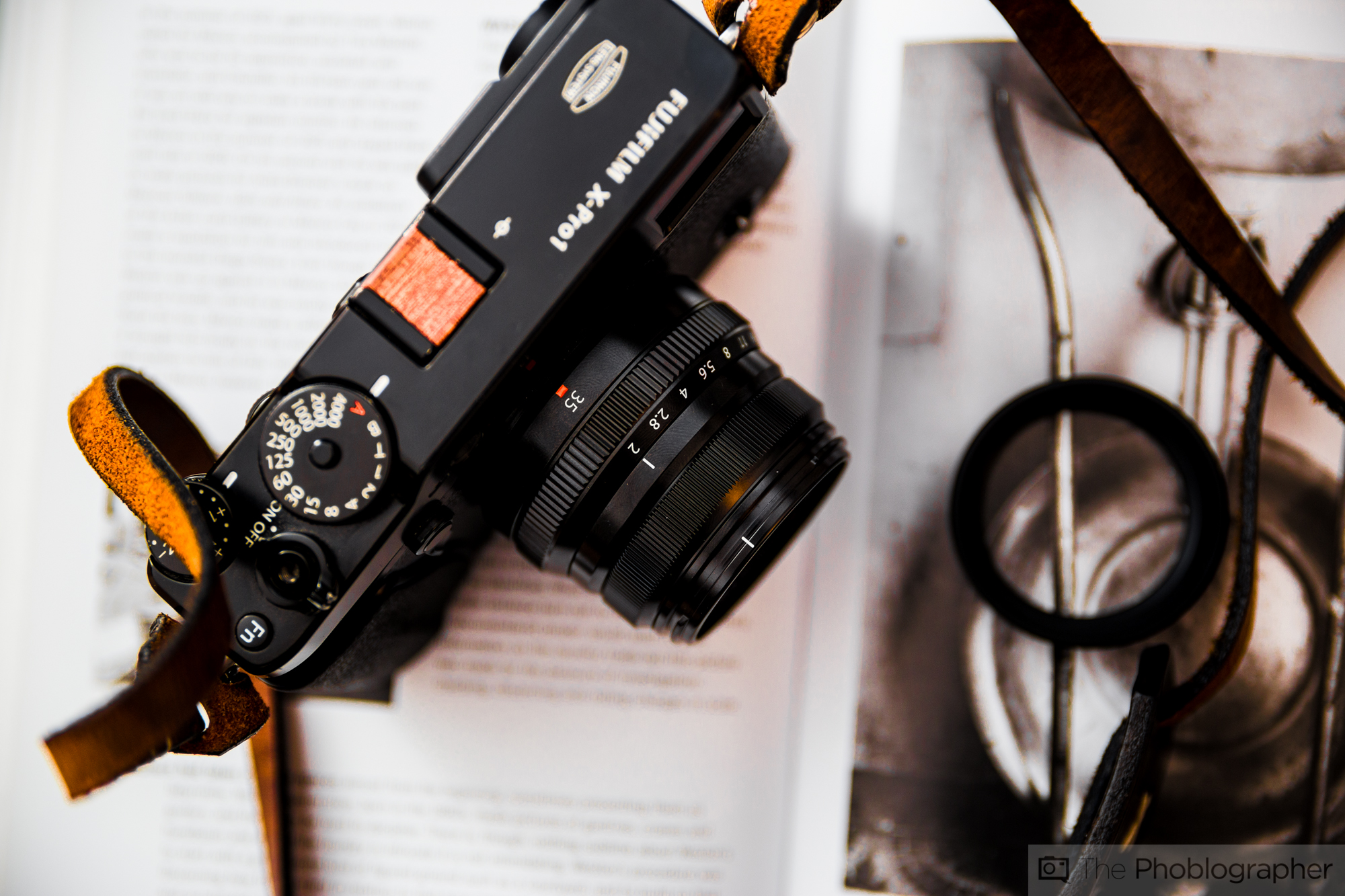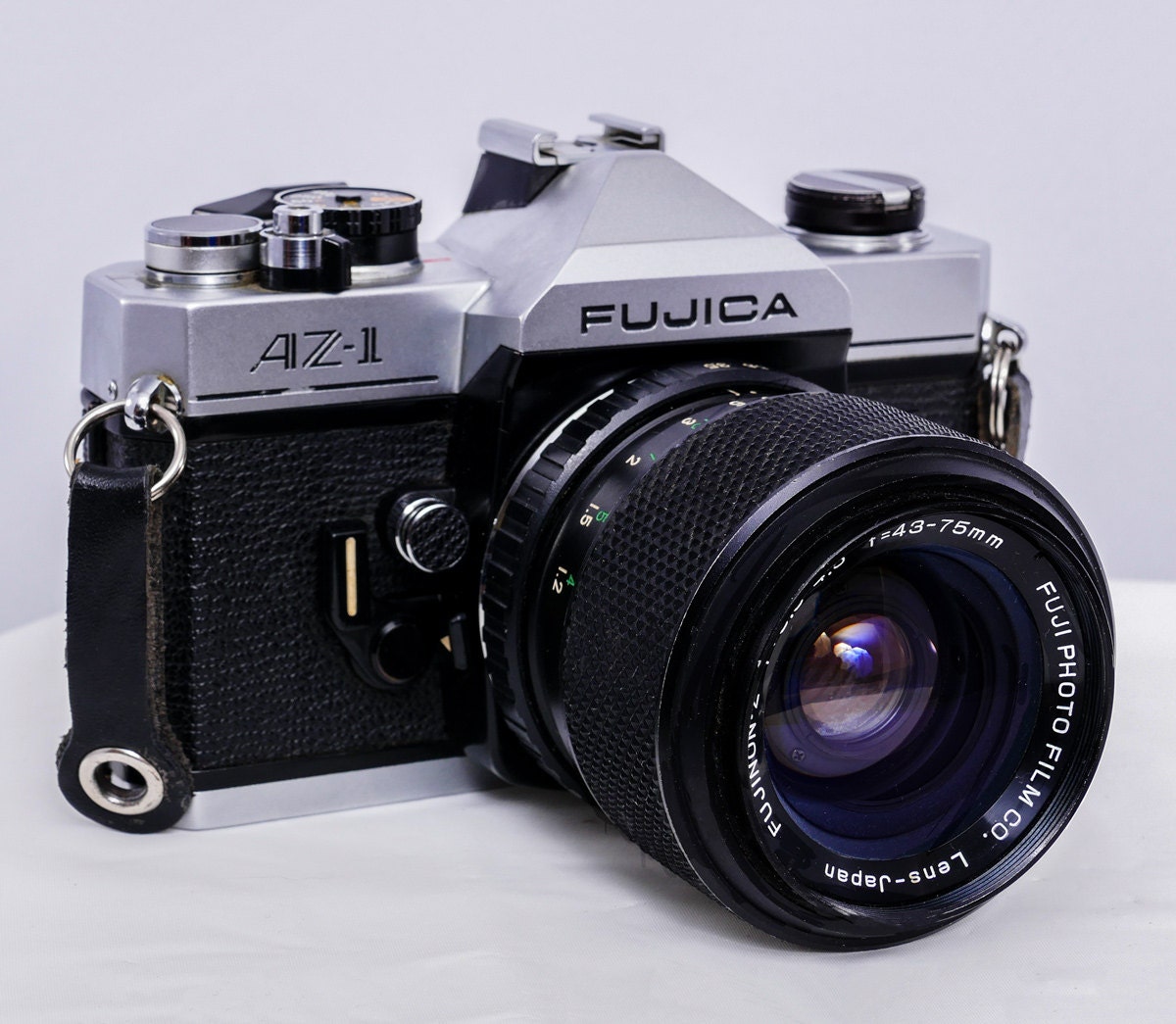
As soon as the X system was launched the company released also a tiny 2/18 model and then a classic 2.8/27 “pancake” was added to that one. Still the fans of smaller lenses aren’t forgotten and I mean here those who care more about physical dimensions than aperture fastness. It is clear fast lenses have a priority there because currently in their line-up you can find 16 mm, 23 mm and 35 mm instruments with aperture as fast as f/1.4 along with two versions of the 56 mm f/1.2 model. The Fujifilm company try to develop their X system on many different planes. You can change your consents to the use of cookies at any given time. In this document you can find more information concerning browser settings and the way we and our social network, advertising and analytics partners process your data. If you fail to do so you should be aware that we are going to process your data according to our Privacy Policy.

You can switch cookies off by adjusting your browser settings so if you donât agree with our cookie policy please, change your browser settings or leave our website. Our partners might combine information, obtained on this site, with other data they get from you as you make use of their services while surfing the internet. Information about your browsing habits is shared with our social network, advertising and analytics partners. Overall, the focusing prowess of the Fuji XF 35mm f/1.4 is outpaced by its younger brother, the 35mm f/2.As in the case of almost all other websites, cookies help us to personalize ads, offering you the most relevant information, allow you to share pages with social networks, make our services work as you expect and, overall, help us to monitor and improve our performance. In low light, this lens has been known to hunt. Focus accuracy, of course, will depend on the sophistication of your camera body.
Fujifilm 35mm manual#
Autofocus vs Manual Focus on the Fuji XF 35mm f/1.4Īutofocus is reasonably fast under ideal lighting conditions due to the electronic focus motor built in to the lens. Now, back to the scheduled Fuji 35mm f/1.4 review. But if weather sealing is a big priority for you, you might disagree.

It has this sort of dreamy character (more about that in the review further down), and in the arena of sharpness, I think the 1.4 takes the cake. It’s a bit cheaper than the 1.4, and on paper, it’s certainly up to snuff: other than a cheaper build quality (plastic vs metal) and a slower aperture, you could even make the case that it’s a better lens.īut for my taste, the 1.4 wins out. Fuji XF 35mm f/1.4 vs Fuji XF 35mm f/2 WRĬandidly, I don’t love the Fuji 35mm f/2. If you’re concerned only with bokeh and aren’t held back by manual focusing, you might enjoy the Mitakon 35mm f.95. Where the Mitakon has a real edge is in the rolloff from in-focus to out-of-focus. Center clarity is also stronger on the Fuji. When it comes to edge-to-edge sharpness, the Fuji 35mm wins out by a mile. The catch? A sometimes-shoddy build quality and no auto-focus whatsoever - which ends up mattering a lot when you’re shooting wide open at f/.95. They offer affordable ultra-fast primes for the Fuji mount with some unique focal lengths.
Mitakon is an interesting brand that’s gained some popularity with Fuji hobbyists in the past year.

There are other budget options on the market like the 7Artisans and the Neewer options, and they’re worth a look as a novelty lens, but comparing them to the Fuji or Mitakon options would be like comparing apples and oranges.īecause the point of this article is to share our thoughts on the Fuji 35mm f/1,4, I won’t spend too long on these “vs” comparisons, but to give you a clear idea of the pros and cons of each (of which there are many valid points to be made), you can take a look at the following section and see which lens might be best suited for you. Before you get into the meat of this article, you may be curious about how the Fuji stacks up against its competition in 2020 - namely, the Mitakon 35mm f/.95 and the fellow Fuji 35mm f/2 WR.


 0 kommentar(er)
0 kommentar(er)
